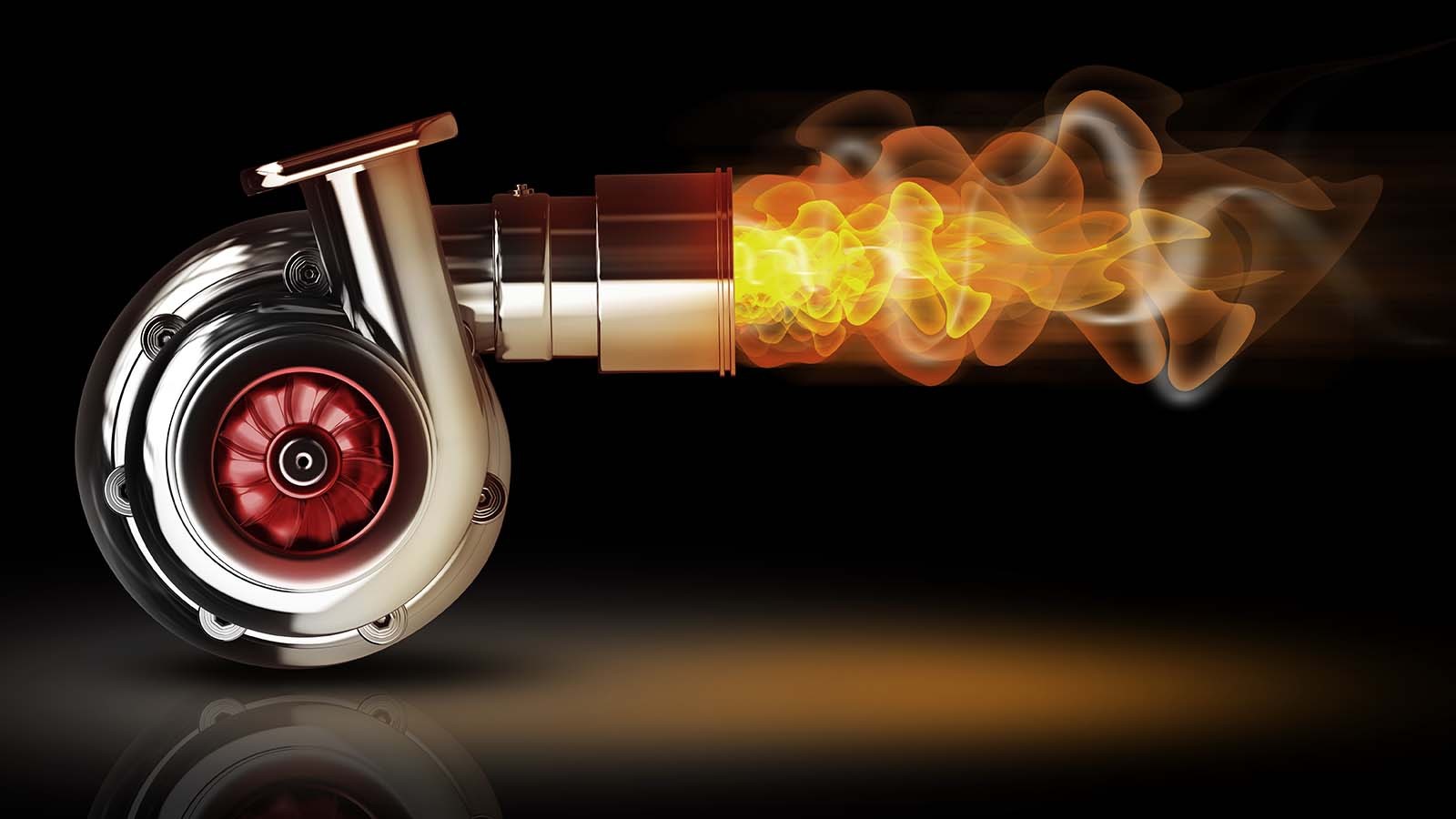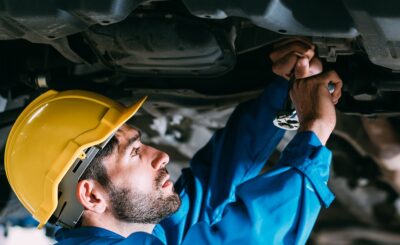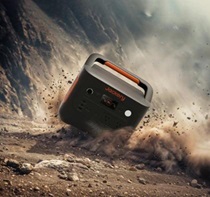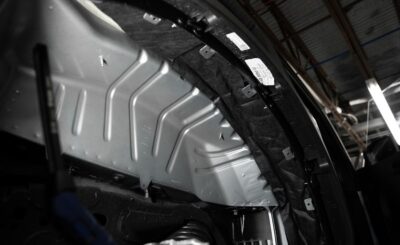A turbocharger is a popular performance upgrade designed to increase engine power and efficiency. It works by forcing more air (and fuel) into the engine’s combustion chambers, resulting in more power output. This increase in power, however, comes with some challenges for other vehicle systems, including the exhaust system. Specifically, turbochargers are driven by exhaust gases, meaning they directly interact with the exhaust flow, placing unique demands on the system.
Exhaust Flow and Turbocharger Function
Turbochargers rely on the exhaust gases produced by the engine to operate. These gases spin the turbine inside the turbo, which, in turn, powers the compressor that pushes more air into the engine. As a result, the efficiency of the turbocharger is highly dependent on how well the exhaust gases can flow. This creates the need for a high-performance exhaust system that can handle the increased volume and pressure of the gases produced by a turbocharged engine.
Increased Exhaust Gas Temperatures
Turbochargers can significantly increase the temperature of the exhaust gases, as they’re powered by the very gases that are produced by the engine’s combustion process. As the engine works harder, more heat is generated, and the exhaust gases become hotter. This increase in temperature can strain the exhaust system, particularly components like the catalytic converter, exhaust pipes, and turbo itself. Over time, this additional heat can lead to premature wear and tear, especially if the system isn’t designed to handle the higher temperatures. A perfect choice is there with the Auto Repair in Chesapeake, VA based service here.
Need for Upgraded Exhaust Components
To accommodate the increased demands of a turbocharger, certain components of the exhaust system may need to be upgraded. Larger diameter exhaust pipes, high-flow catalytic converters, and performance mufflers are often required to handle the additional exhaust gases and maintain engine efficiency. These upgrades ensure that the exhaust gases are able to flow freely and reduce backpressure, which is vital for both turbocharger and engine performance. A high-performance exhaust system also helps manage the elevated temperatures and prevent overheating.
Long-Term Effects of Turbocharger Exhaust System Interaction
The interaction between the turbocharger and the exhaust system has long-term implications for your vehicle’s performance and durability. An efficient exhaust system that supports the turbo can improve engine efficiency, reduce turbo lag, and enhance overall power output. However, if the exhaust system cannot handle the increased pressure and heat, it could lead to excessive wear on components, reduced turbocharger lifespan, and a decrease in overall engine performance. Regular maintenance and monitoring of both the turbo and exhaust system are critical to ensure everything functions optimally.
In conclusion, a turbocharger can provide significant performance benefits, but it also introduces additional challenges for your exhaust system. Upgrading your exhaust components and ensuring proper maintenance can help manage these challenges, ensuring your vehicle runs smoothly and efficiently for years to come.








